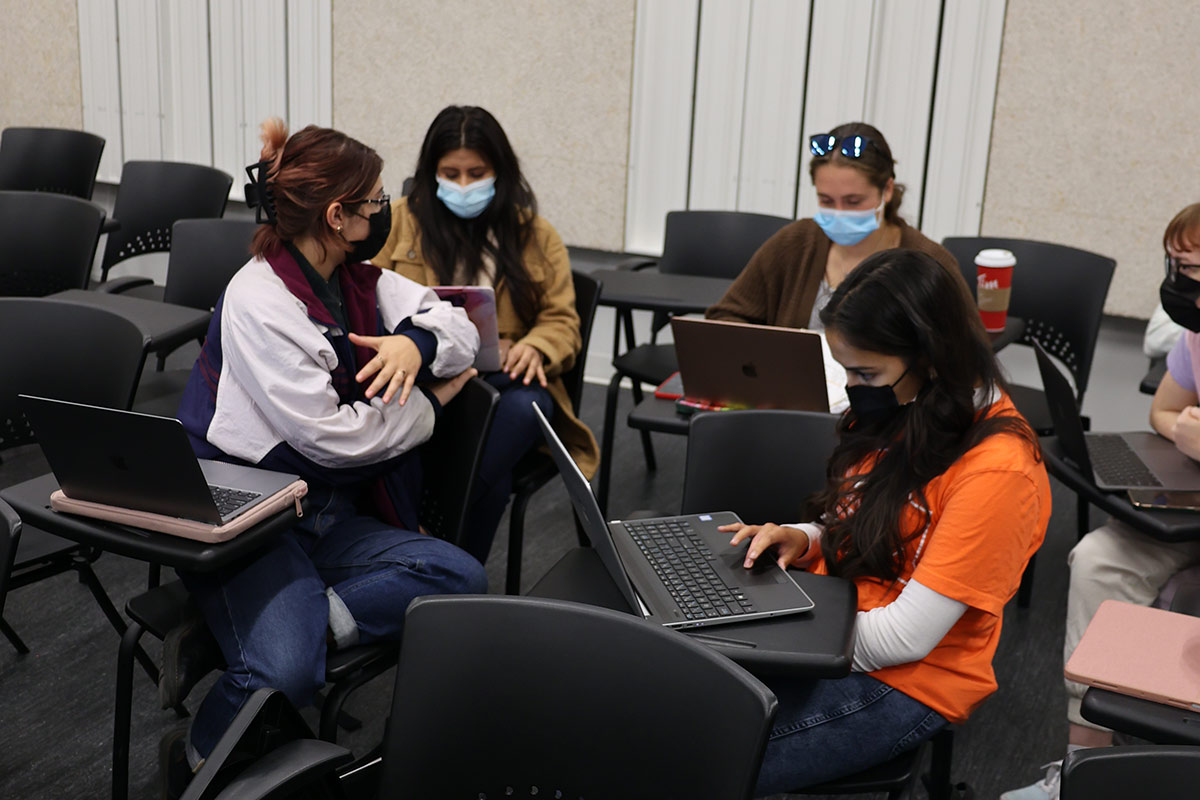
Bringing experiential learning into your classroom in Fall 2023
Experiential learning (EL) is a high-impact pedagogy that prepares students to thrive in today’s complex world. All instructors at UM are encouraged to bring experiential learning into their courses. We chatted with Gera Villagran from UM’s Office of Experiential Learning about ways in which instructors can build experiential learning opportunities into their courses.
What is experiential learning, from a teaching point of view?
Experiential learning takes many forms and happens in many places across UM—from applied research to work-integrated learning, both inside and outside the classroom. As an approach to teaching and learning, the basic premise of experiential learning is that students learn better when they are able to interact with concepts and ideas as agents in the world. This is the opposite of what the educational theorist, Paulo Freire, called “the banking model of education.” In the banking model of education, students are seen as empty vessels in which instructors are supposed to deposit information. On the other hand, in experiential learning, the role of instructors is to design and facilitate experiences that allow students to connect their existing knowledge and skills to new concepts and ideas. Whereas the goal of the banking model of education is to accumulate and recall information, the goal of experiential learning is to foster meaningful relationships to knowledge and ideas, innovation and creativity.
How can I bring EL into my classroom?
As an instructor, start by asking yourself the question: how can I avoid replicating the banking model of education? Here are some general guidelines to help you come up with your own answer:
- Prepare fewer lectures, design more experiences: engage students in games, case-scenarios, interviews, group projects and other forms of active learning.
- Connect knowledge to the real world: Bring in a guest speaker, use videos and articles from current news and events, help students see the connection between what they are learning and the things they care about.
- Build-in reflection: Think of all the information you have take in today: names, faces, dates, facts, numbers, places, etc. Our brain’s real estate is very expensive. Unless we take time to connect new information to the valuable information that already exists in our brains, it will be soon forgotten. Reflection helps us make those connections by creating meaning.
- Make sure to build-in opportunities for students to turn new information into meaningful information by engaging in reflection.
- Create opportunities for students to apply their learning: what is the point of learning anything if you don’t get the chance to do something with it? Students are more motivated to learn when they have the opportunity to apply their new knowledge and skills. Presentations, Industry projects and community engaged learning opportunities are great ways for student to apply their learning!
What resources exist for me to learn more?
There are many ways to bring the 12 different types of EL into your courses, and many opportunities to learn more and connect with other experiential learning educators at UM. For example:
- The Office of Experiential Learning hosts a monthly, lunch-hour conversation series on different topics related to EL.
- The Experiential Learning Gathering is an in-person, community-building event that takes place every academic term.
- We also host an experiential learning institute every fall and winter.
- Subscribe to the Experiential Learning Quarterly Newsletter to stay up to date on news, opportunities and events!
To learn more about EL for instructors at UM, visit the Office of Experiential Learning.






